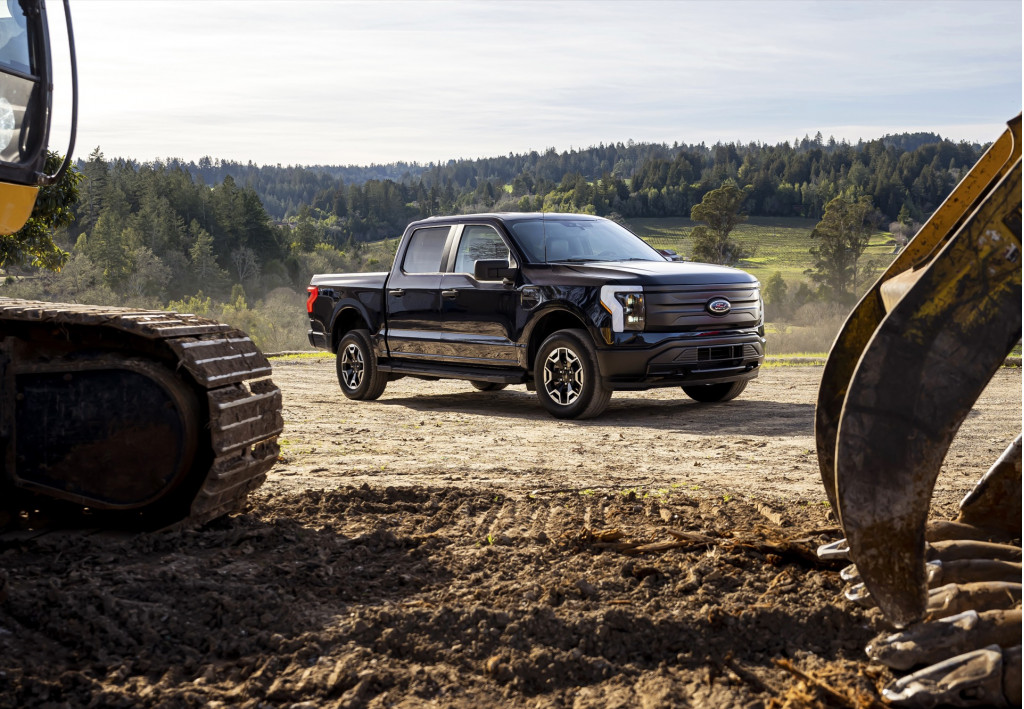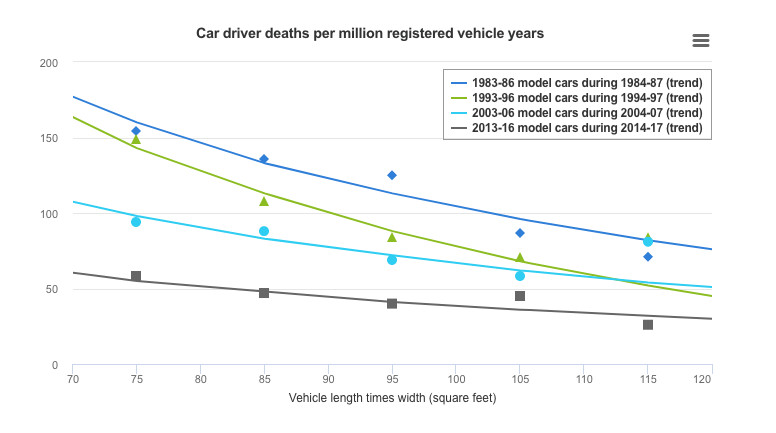Current EVs generally weigh hundreds if not thousands more pounds than comparable internal-combustion vehicles due to heavy battery packs, and that might compromise road safety.
So argues a recent Slate piece that suggests some of the latest EVs might pose more of a threat especially beyond the driver's seat, to other vehicles and other users of the roadway.
"The United States is already a global outlier in traffic deaths," noting that while traffic deaths have declined in most other developed countries over the past decade, the U.S. has seen an increase of over 30%, with Americans now twice as likely to die in car crashes as French or Canadian citizens.
American traffic deaths reached a 16-year high in 2021, according to the National Highway Traffic Safety Administration (NHTSA). The agency estimated that 42,915 people died in crashes last year, a 10.5% increase over 2020. Last month, the NHTSA reported that fatalities rose 7% in the first quarter of 2022 to 9,560 deaths—the highest quarterly total since 2002.

2022 Ford F-150 Lightning
The piece links this troubling trend to Americans' penchant for big, heavy pickup trucks and SUVs. It notes that these vehicles are primary focus of American automakers' electrification efforts, producing vehicles with even more weight—and quicker acceleration—than their internal-combustion counterparts.
The poster child of this is the GMC Hummer EV which, at over 9,000 pounds, is so heavy that it isn't considered a passenger vehicle under federal regulations. That means it doesn't need to meet federal standards for efficiency—or safety. Yet while it has the weight of a heavy-duty pickup, it has the acceleration of a sports car, achieving 0-60 mph in a claimed 3.0 seconds.

Driver deaths related to vehicle weight and size - IIHS
Safety studies have underscored that bigger and heavier tends to mean safer—for those inside the vehicle. Looking entirely to those outside the vehicle, the numbers are less conclusive.
Overweight vehicles can lead to other problems beyond safety. They result in more wear and tear on roads and bridges, and controversial study from the UK also points to an excess of tire emissions from the extra weight of EVs.

Aptera Sol alpha prototype
Electric full-size pickups are definitely having their moment. General Motors plans to follow the Hummer EV with electric Chevrolet Silverado and GMC Sierra models, and Ford is already building its F-150 Lightning. But some automakers are already attempting to counteract EV bloat.
Mercedes-Benz is aiming to avoid excess weight in its upcoming EVs—and, as it puts it, a downward spiral. The Vision EQXX concept shows how the automaker aims to achieve that, using clever aerodynamics, lightweight components, and an overall emphasis on efficiency to achieve staggering range without an upsized battery pack.
Some of the most efficient EVs potentially offered in the U.S. aren't considered cars at all. Aptera, for example, is marketing a tiny electric 3-wheeler with a claimed 1,000-mile range using a combination of solar panels and battery storage. But it's unclear whether vehicles like this will catch on, or whether consumers will stick with EVs in the form factor of vehicles they're currently driving.











